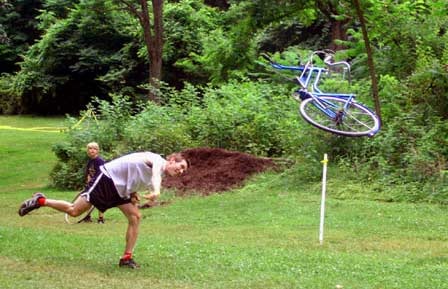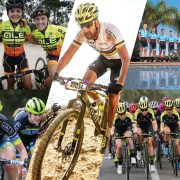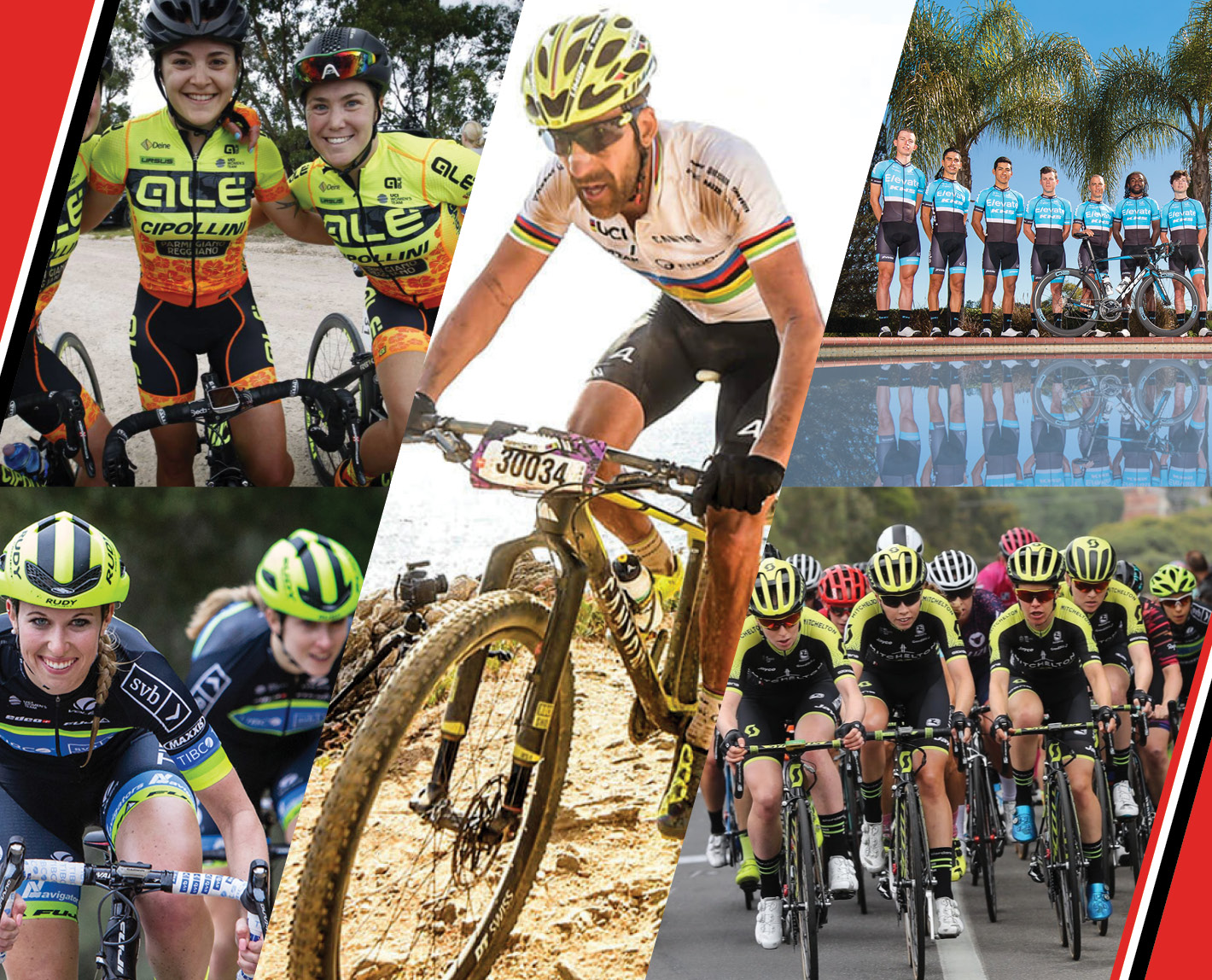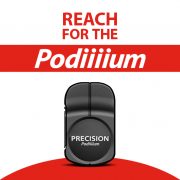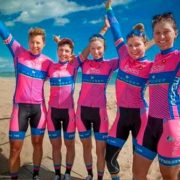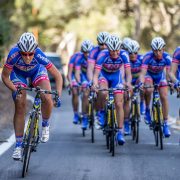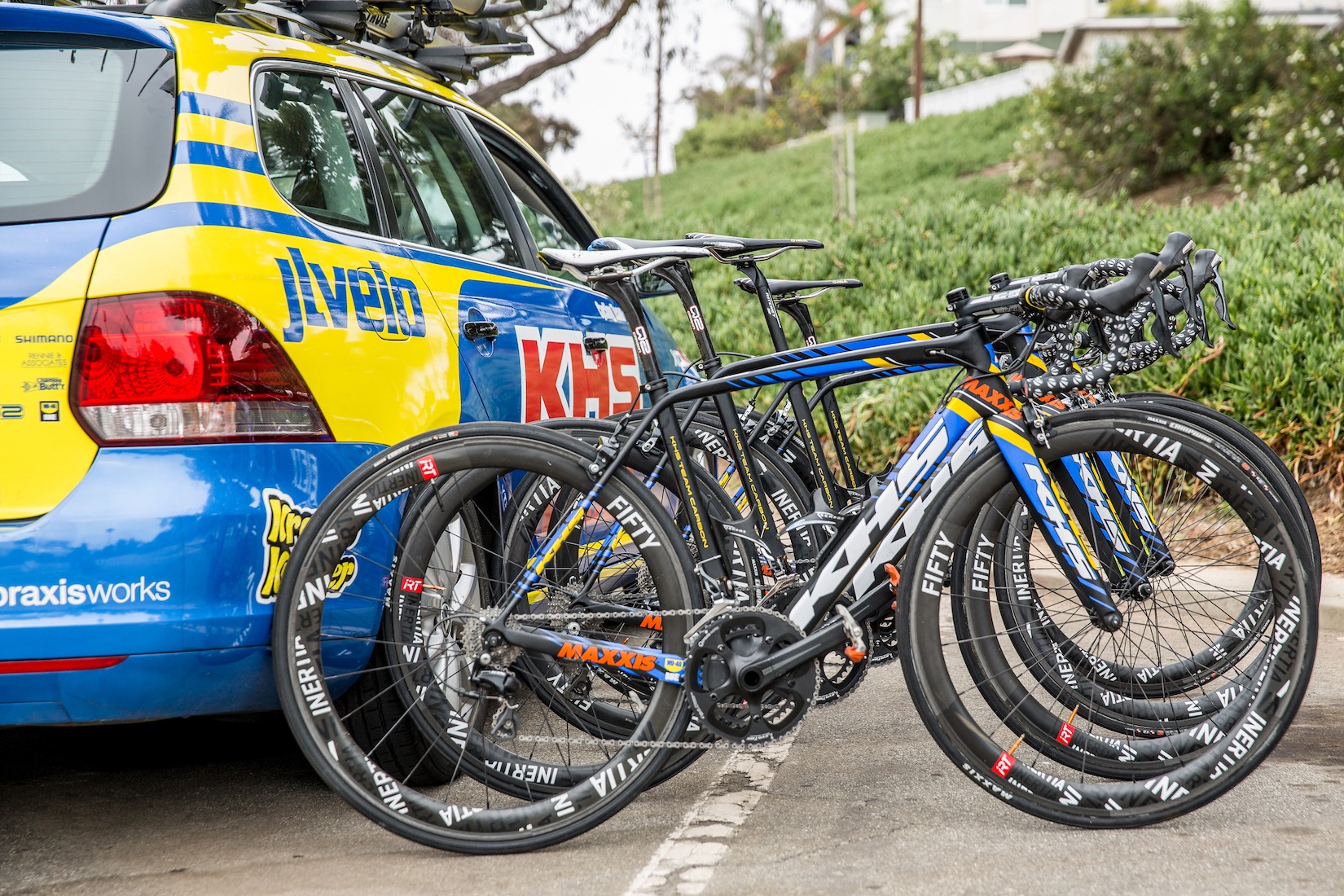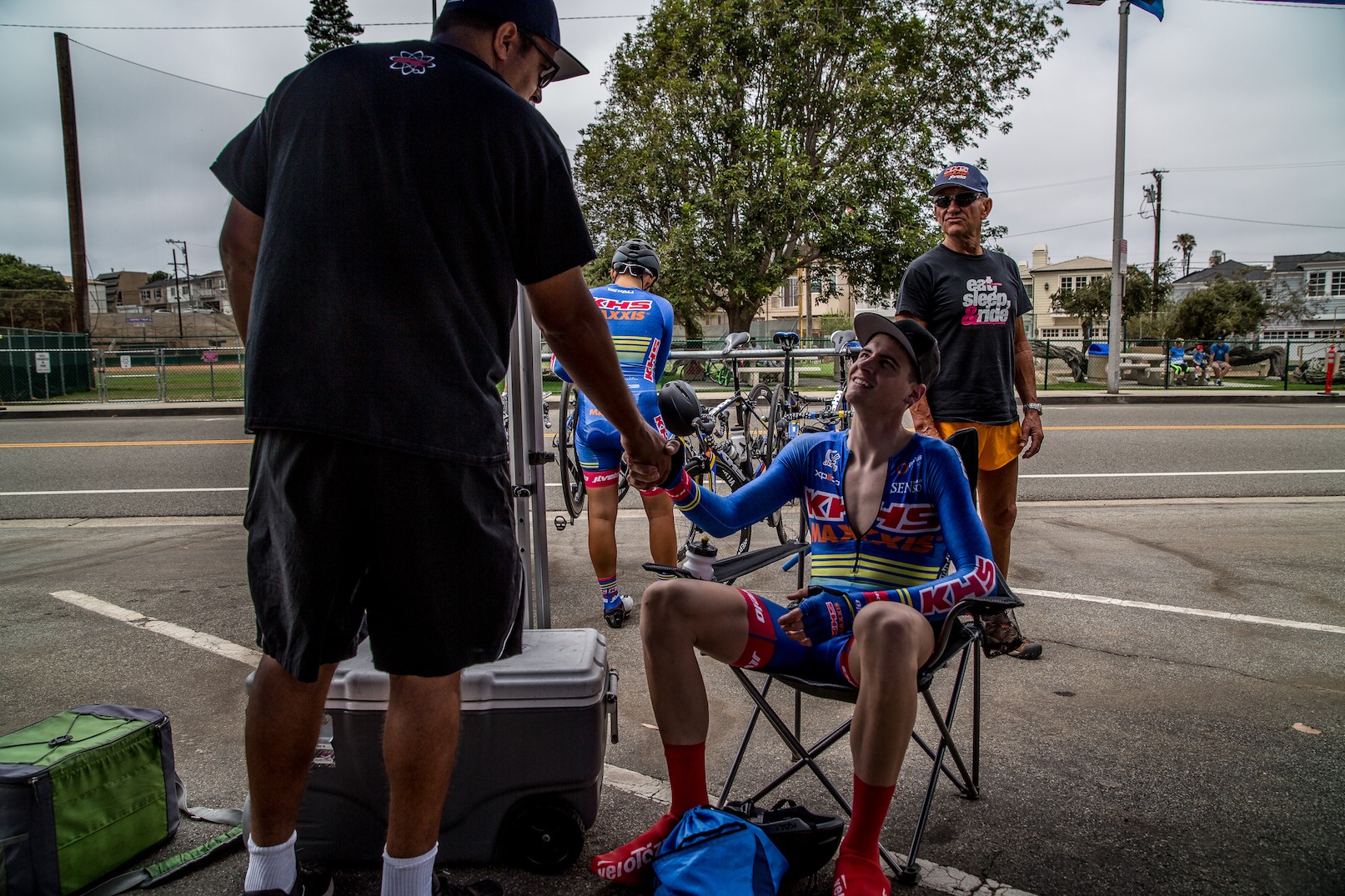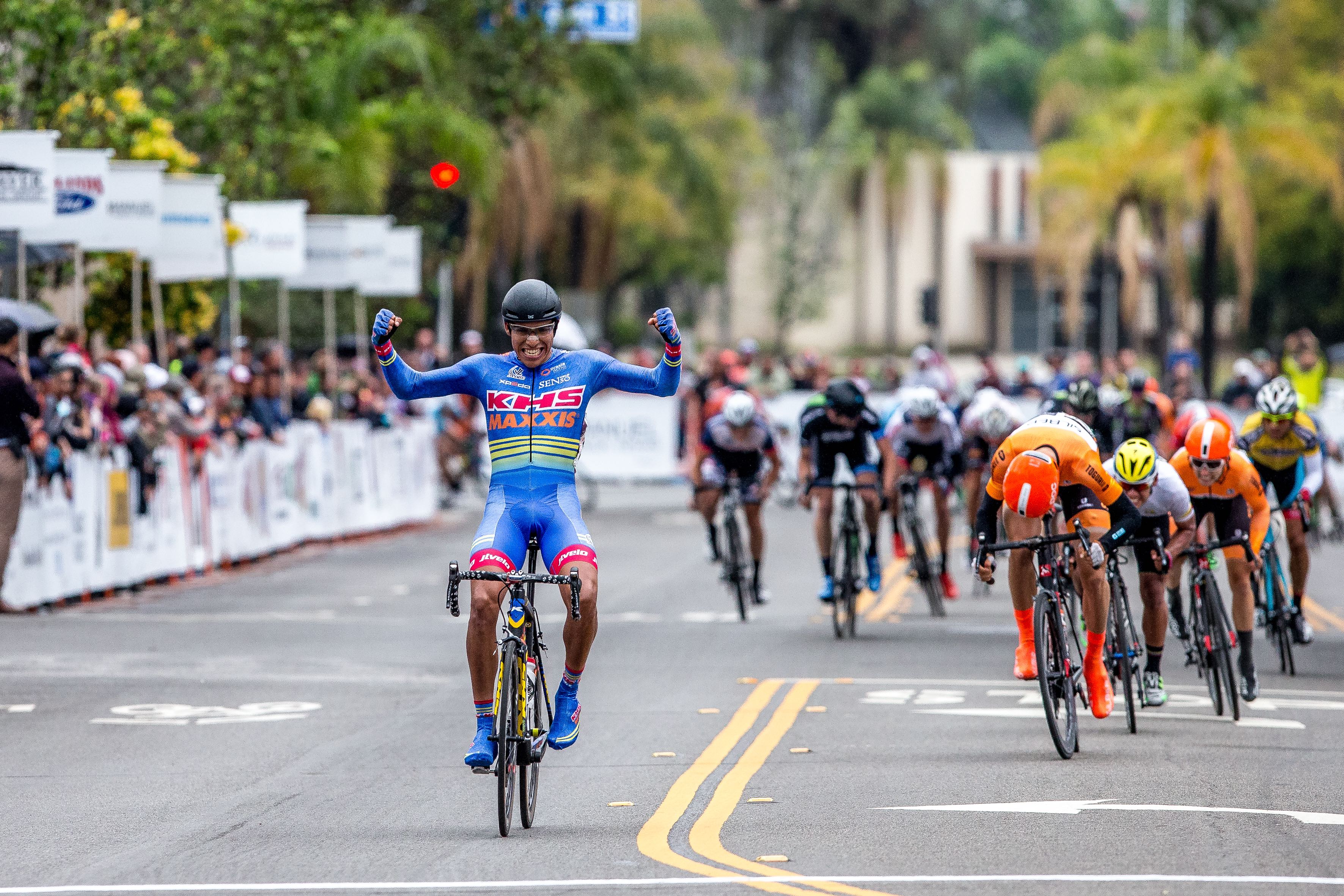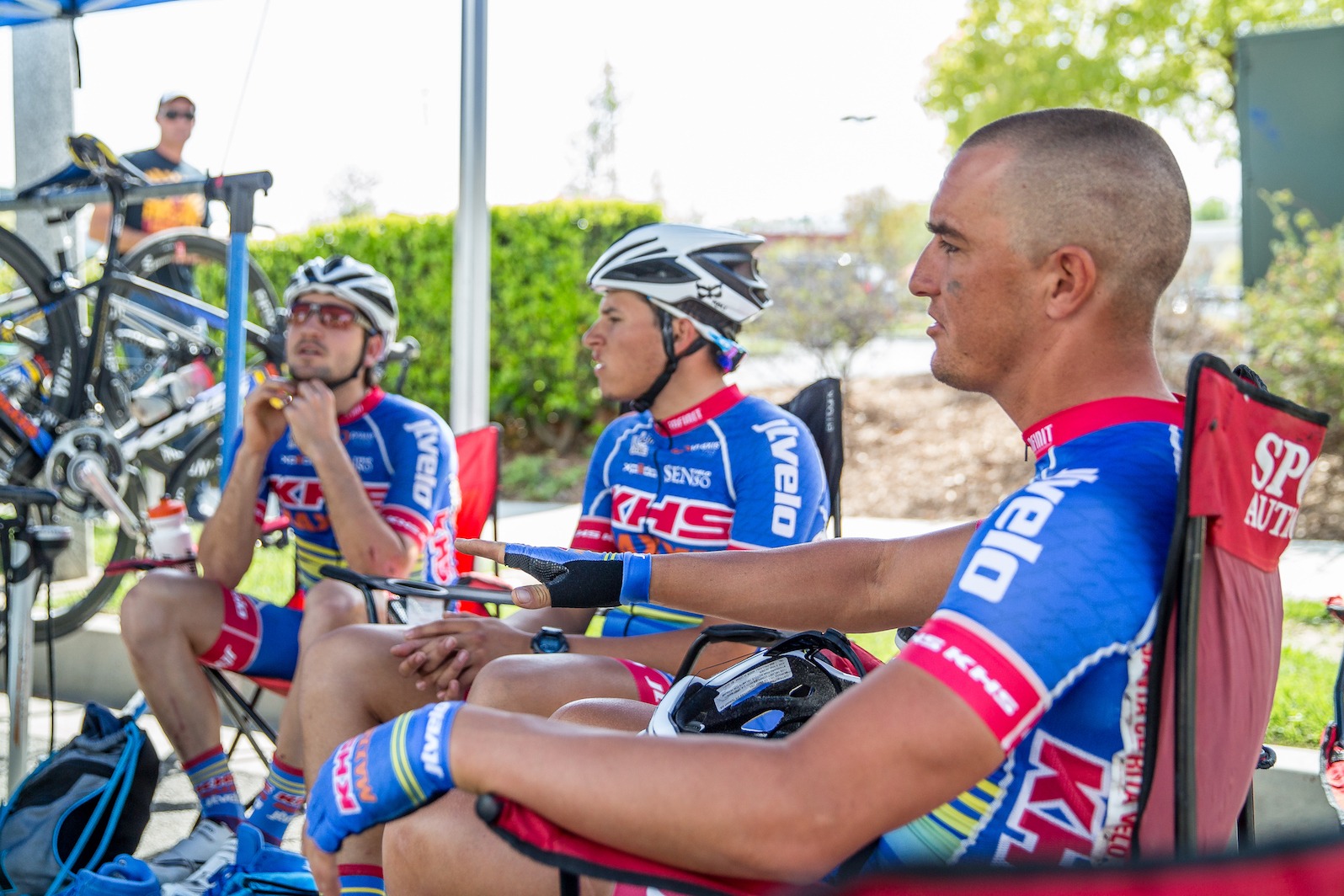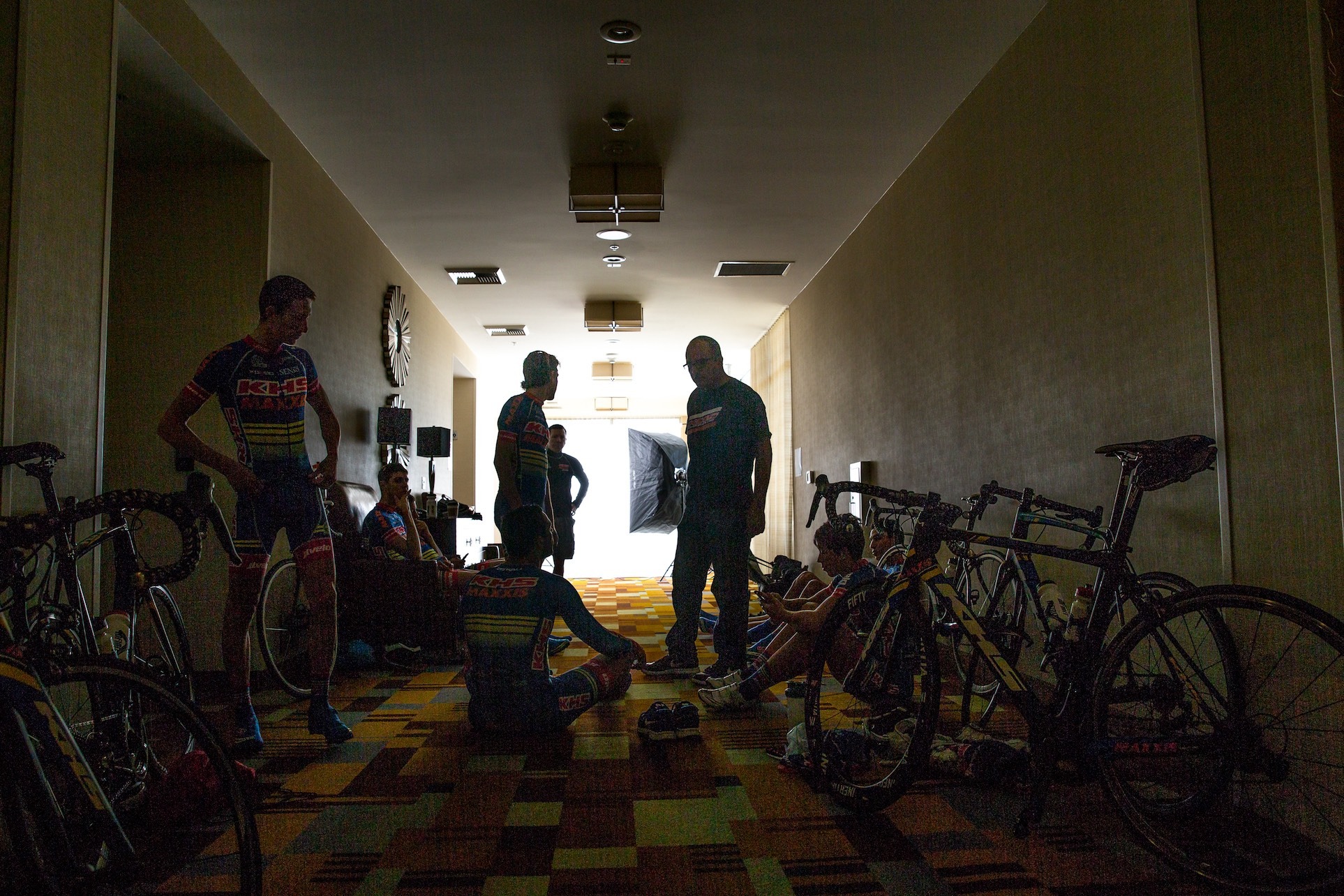PRECISION and Accuracy
Written by: Andrew Buckrell, Innovations Director, 4iiii Innovations Inc.
We often hear discussions about precision and accuracy, with the words being used interchangeably. Although I’ll admit, many things about how people perceive engineers drives me batty, this one possibly tops the list. Precision and accuracy are not interchangeable, and although they are both goals in measurement, they are far from the same thing.
My favourite visual description is related to targets: if you have several attempts to get a bullseye, there are many different results that could be achieved.

If you are accurate but not precise, your measured average would still match your real world average, but you wouldn’t necessarily have confidence in a given sample or measurement being the right measurement. This is like putting 200W to the pedals, but one measurement showing 210W and the next showing 190W. Even though it is highly accurate, the measurements lack precision. Your average measurement will still read as the same, but how you get there could be slightly different.
Let’s consider the other possibility: what if you have something that is very precise, but not accurate at all. Taking the same ride of 200W input at the pedals, what if your measurements came back as reading 140W? Knowing that it felt like a lot more power, what if you exactly repeated the ride and it came back at the same 140W? This is a perfect example of a highly precise powermeter, but also inaccurate. I don’t think anyone would take consolation in the fact that their measurement was precise, but still 60W lower than what they actually achieved — I know that I certainly wouldn’t be happy about it!
The best of both worlds is to have precision and accuracy. This means, if you measure 190W at the powermeter, it actually means you’ve ridden 190W, and you can be confident in that being the actual power. Many people will argue that precision is more important than accuracy (since it will help you gauge your actual physiological input during a ride), but why not strive to have both?
Simple answer, you can! We have gone to great lengths to show that 4iiii Powermeters provide unprecedented accuracy, reliability and durability. When even the Canadian Olympic mountain bike team trusts us, you know it’s good enough for you! Check out our online shop to make sure that you get your raceday best.
“Why does this matter? I’m only a regular athlete”, you might ask. Let’s take a page out of my own not-very-illustrious racing career as an example. In November 2019, in the long-long ago days before COVID-19 changed the racing landscape, I was competing in IRONMAN Cozumel. Despite having a phenomenal swim (for me), I could tell it was hot that day. Much hotter than my training days leading up to the race. I could tell that something was a bit off. In maintaining my target race power, my heart rate was not going down to where it should have been. The accurate data I know and trust from my 4iiii Viiiiva Heart Rate Monitor and 4iiii PRECISION Powermeter were telling me that my body wasn’t reacting well to the heat. Knowing, and more importantly, trusting this information told me that I really needed to be cautious and dial it back a bit. In my infinite wisdom, and with a solid case of “race-brain” (trademark pending on that one), I decided not to listen to the data, or my body, and kept pushing on at my target power. Although I maintained my target power for the first lap, my HR kept climbing from my target of 145 to about 165!! At the 130km mark, I pulled out with a borderline case of heat stroke, and spent the next 30 minutes sitting in the shade without being able to dip my HR below 120bpm. Lesson learned — listen to the signs, and trust in accurate data. Have a solid plan, a solid backup, and trust your numbers.
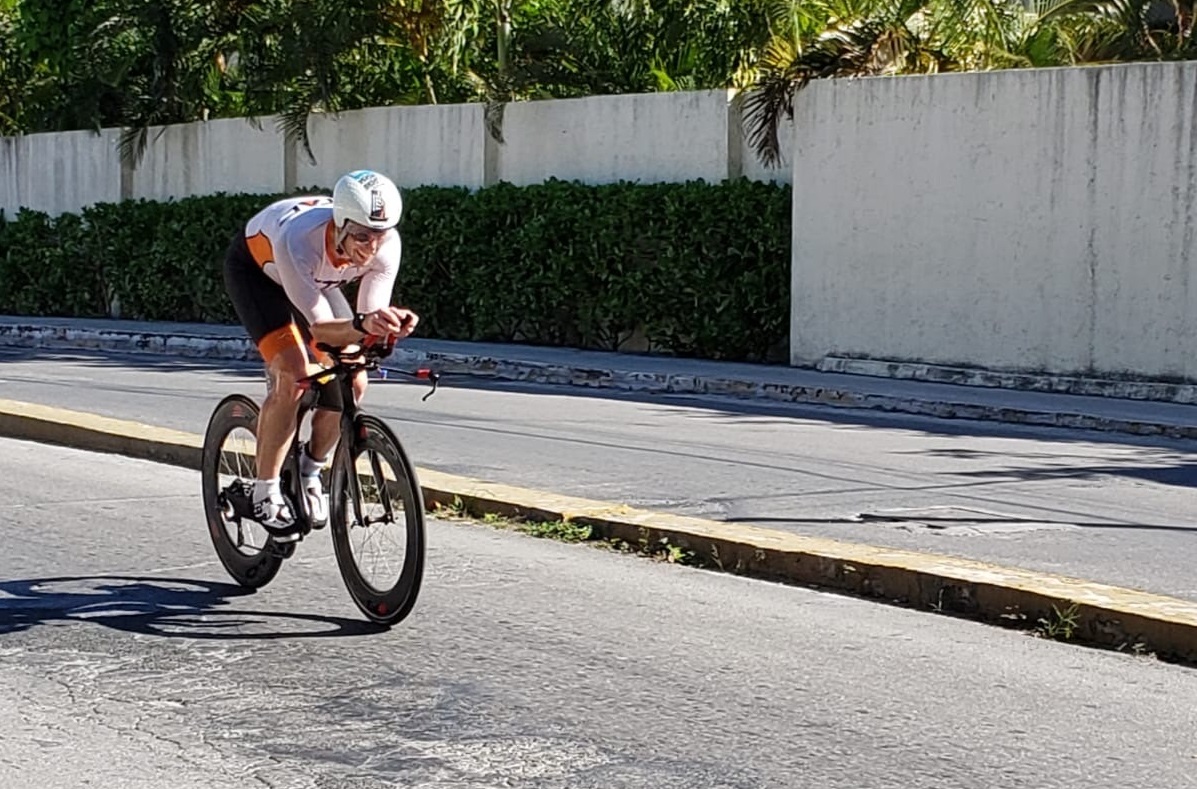
A rare photo of me actually racing at Cozumel 2019 — note the “retro-cool” STAC tri suit
Although my next race(s) have all been cancelled so far, I’m very much looking forward to getting back out racing (fingers crossed for IM Arizona, if not 2021 Victoria 70.3 then 2021 IM Canada), and this time I’ll be “wise” enough to not make poor race day decisions, and trust my accurate and precise data from my 4iiii PRECISION Powermeter and Viiiiva Heart Rate Monitor.

